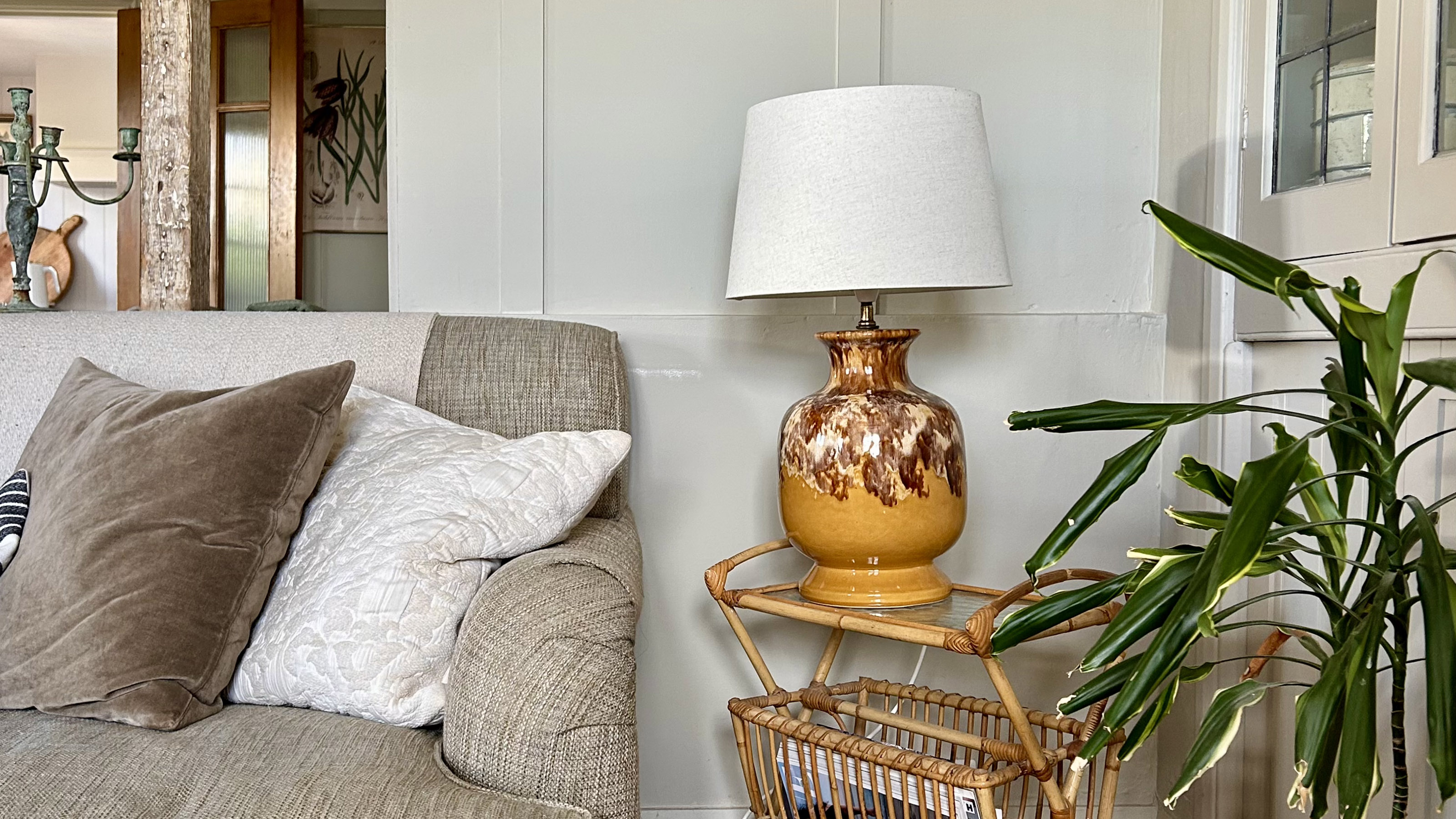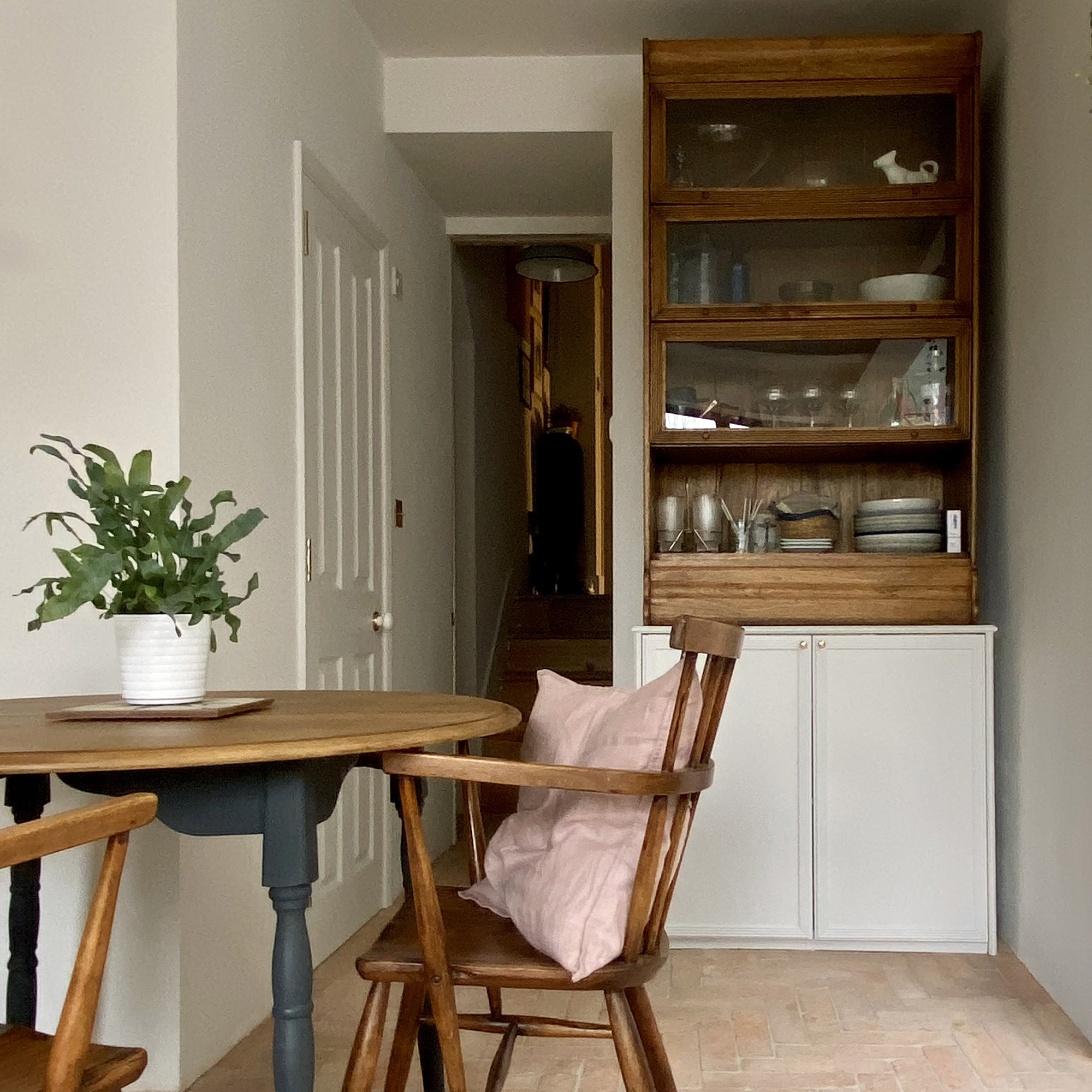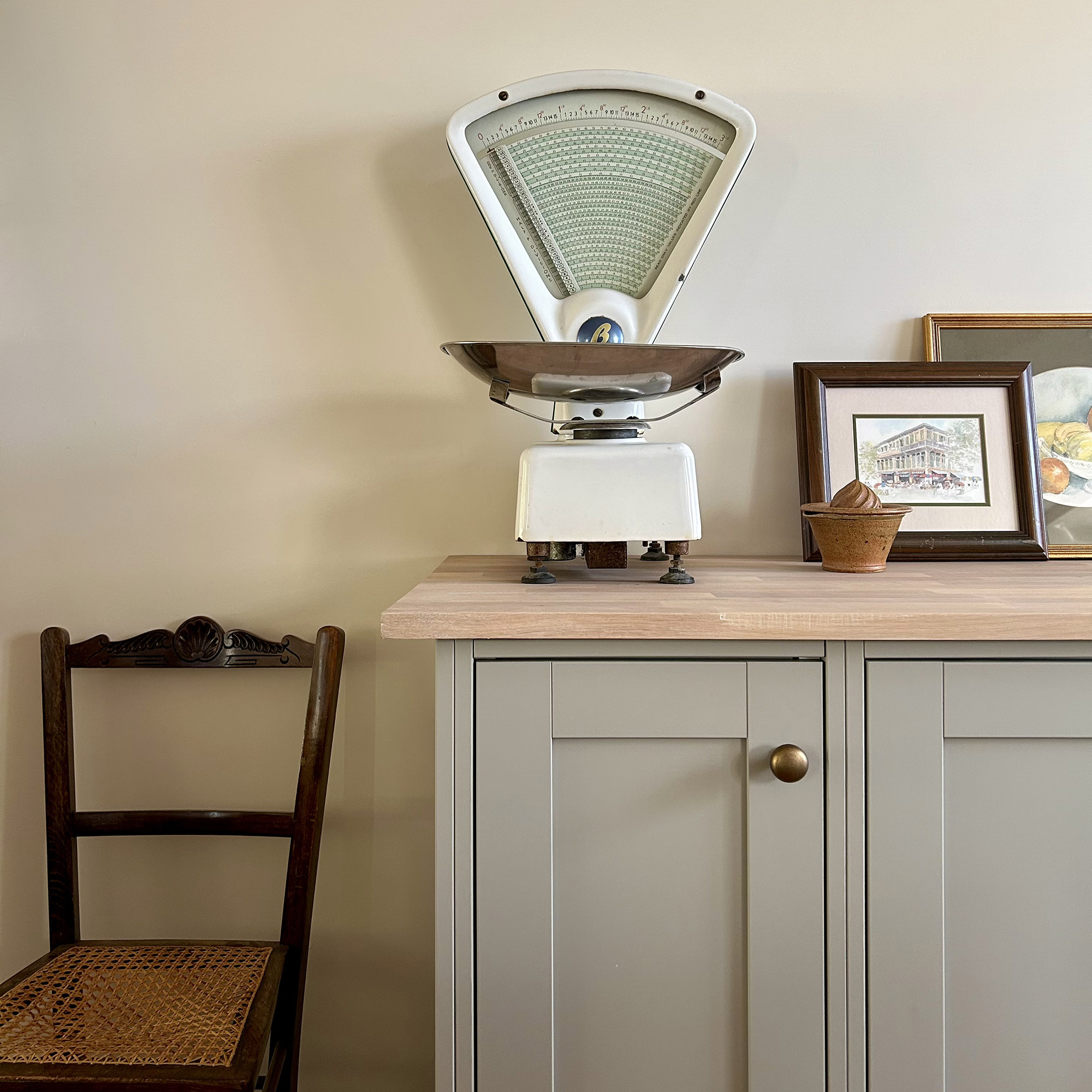The Thrill and the Regret: How we shop vintage for our home and the rules we follow when deciding what makes the cut
We've had highs and lows when shopping for vintage – this is our approach to sourcing for our home



Committed home renovators David and Andrew Harrison-Colley (better known on Instagram as The Home Boys) are part of Ideal Home's new Open House contributors, sharing their thoughts on making a home together and living through the tricky parts. See the rest of their articles here.
We love vintage. The patina, the personality, the charm of things that come with a bit of history - and usually a few scratches to prove it.
For us, second-hand sourcing is more than just a budget-friendly way to furnish a home, it’s a way to add soul. It stops our rooms from feeling too polished or matchy-matchy. Plus, it’s kinder to the planet and usually far more interesting than anything you can buy new.
But we’ll be the first to admit: not every dusty car boot find makes it through the front door. And not everything that does . . . deserves to stay.
Why vintage plays a big role in our home

We love homes that feel layered and lived-in, not like they’ve been ordered off a mood board in one go. Buying second-hand gives you time to build up your space with pieces that mean something - whether they’re design classics or slightly odd bits you fall in love with for reasons you can’t quite explain.
It also helps us blend eras and styles, which is how we like to decorate. That balance of old and new keeps things feeling relaxed. A few carefully chosen vintage pieces can ground a space and give it depth - like the worn pine table in our dining area or the ceramic lamp we picked up from a little local emporium that now sits proudly on a vintage bamboo coffee table/magazine rack.
Our rules for knowing when to say no

Of course, we’ve learned (the hard way) that not every vintage find is a good one. The thrill of the hunt can sometimes cloud your judgment - especially if it’s cheap. But we’ve developed a few rules to help us stay focused:
Sign up to our newsletter for style inspiration, real homes, project and garden advice and shopping know-how
- If it’s broken beyond what we can realistically fix, it stays behind.
- If it doesn’t have a clear place or purpose, we try to walk away.
- If we’re only excited about the price, not the piece, it’s probably a no.
- And if we already have three near-identical chairs “waiting to be recovered” . . . we might not necessarily need a fourth.
That last one is still a work in progress.
But sometimes, walking away is the mistake.
A few years ago, I spotted a rattan rocking chair at the tip shop. It was £10, in great condition, and had just the right mix of charm and potential. But I hesitated - talked myself out of it, circled it for too long, and left without it.
I went back a couple of hours later (after some strong words from Andrew), fully ready to right the wrong . . . but it was gone. And honestly? I’ve never quite recovered. That chair haunts me. We even have a photo of it, as proof of what could have been.
Lesson learned: if it makes you stop in your tracks, and it’s not falling apart or wildly impractical - just get the chair!
The pieces that earned their place

Some of our favourite parts of our home are vintage finds we either stumbled across or stalked online for weeks (or both).
There’s something so satisfying about rescuing a slightly unloved piece and giving it a new life. That might mean a quick re-wax or a full-blown paint job, but either way, it becomes part of the story of our home - quite literally in some cases.
Take the seriously heavy set of vintage shop scales we spotted online one evening. One spontaneous road trip later (destination: the middle of absolutely nowhere), we were in the previous owner’s driveway, hearing how they’d been passed down through generations. We were sold. Emotionally and physically - Andrew pulled a muscle heaving it into the back of the car. They now live in our kitchen, adding both character and what feels like 50kg of visual weight to the worktop.
Then there’s our barristers bookcase - an elegant, glass-fronted dream of a piece we found while still living in London for £50. We knew exactly where it would go: pride of place in our kitchen. Minor detail: that kitchen didn’t technically exist yet. Nor did the extension. Nor did planning permission. So we hired a car to get it home, wedged it into our already-crammed flat, and lived around it for months and months until we could finally slot it into the space we’d literally designed the floor plan around.
These are the kinds of pieces that make a house feel personal. They’re not always the most practical. They’re rarely the lightest. But they’ve got stories - and that makes them worth it.
How we shop online (without losing our minds)
We get asked a lot if we just scroll endlessly or have a system - and the truth is, it’s a bit of both. We tend to search with specific keywords like “vintage sideboard” or “rattan headboard” and we always use the “newly listed” filter to catch things early. On eBay, we save favourite searches and set up alerts so we’re not trawling all day. And on Facebook Marketplace, we often search in a wider radius and then message to ask if sellers will consider holding an item until we can collect.
It’s not always quick - when we’re after something really specific, it can take months to track it down. But we’d rather wait than settle for something that’s almost right. That said, when the perfect thing does pop up, we’ve learned to act fast - and to be willing to spend a little more if it’s exactly what we’ve been looking for. Sometimes it’s not just about the bargain, it’s about the piece that brings the whole room together.
And the ones that didn’t make the cut
We’ve had our fair share of “what were we thinking?” moments. The miniature occasional table that was too short for anything. The rattan chair with a completely collapsed seat pad. The Singer sewing machine just left out in the street that then dripped oil all the way through the house!
We used to hang onto things out of guilt because we’d spent money or time dragging them home. Now we’re much more comfortable re-donating or passing things on if they’re just not working. Better that than resenting something that takes up space.
Final thoughts
Our best advice? Don’t buy with your bargain brain - buy with your gut. If something makes you smile, fits your space, and feels like you, it’s probably worth the risk.
And if it doesn’t work out? That’s all part of the fun.
Because for us, decorating with vintage is about more than just furniture - it’s about the joy of the search, the stories behind the pieces, and the character they bring to the everyday mess and magic of home.

David and Andrew Harrison-Colley are the voices behind The Home Boys, a fast-growing interiors and lifestyle platform that began as an Instagram account chronicling the design journey of their London home. Now with over 75,000 followers, they are known for their warm, witty tone and unapologetically stylish aesthetic, thoughtful product sourcing, and the realities of creating a beautiful space from scratch.
On Instagram, they share a curated mix of room reveals, DIY upgrades, product favourites, and interiors inspiration – with a healthy dose of humour and personality woven through every post. Their Substack newsletter expands the conversation with longer-form reflections on home life, design trends, shopping edits, and personal stories, offering a deeper dive into their creative world.
You must confirm your public display name before commenting
Please logout and then login again, you will then be prompted to enter your display name.